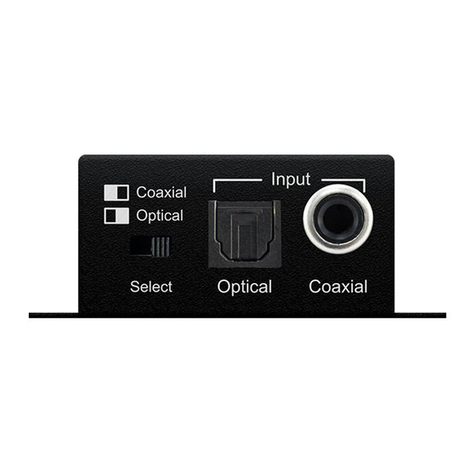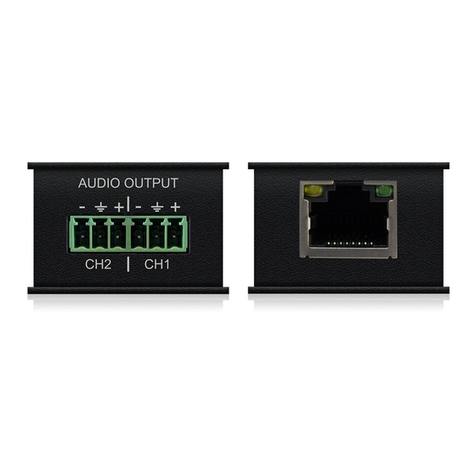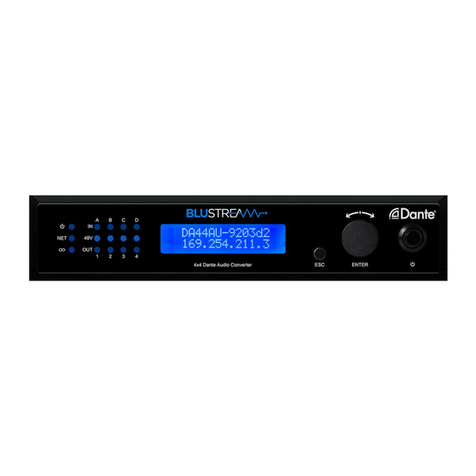Blu Stream HD12DB User manual
Other Blu Stream Media Converter manuals
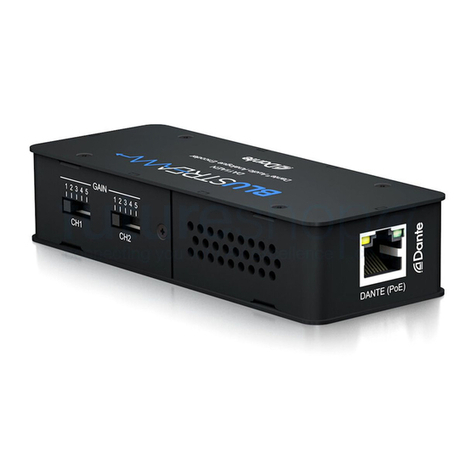
Blu Stream
Blu Stream DA11AEN User manual
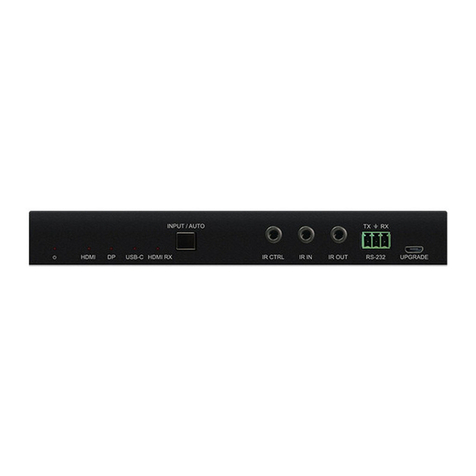
Blu Stream
Blu Stream HEX70HDU-KIT User manual
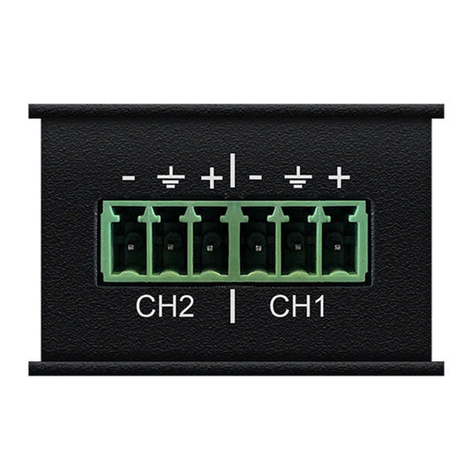
Blu Stream
Blu Stream DA11AU User manual
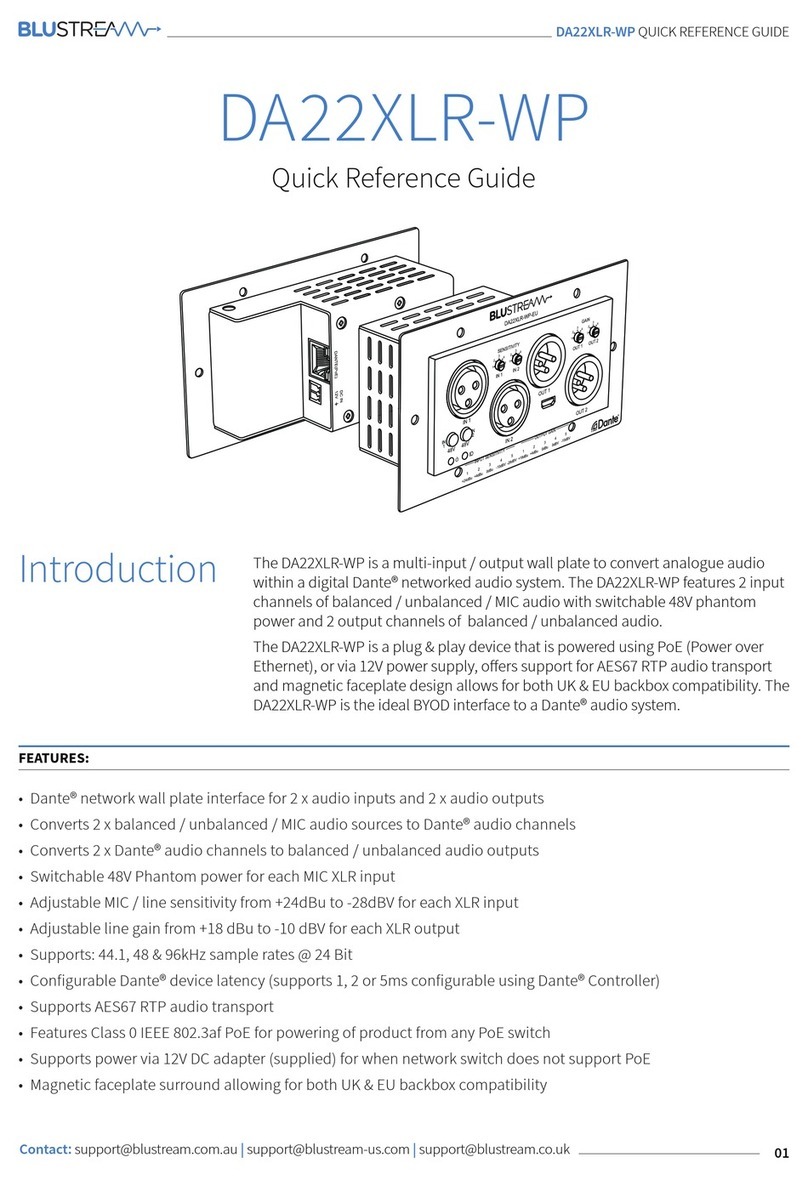
Blu Stream
Blu Stream DA22XLR-WP User manual
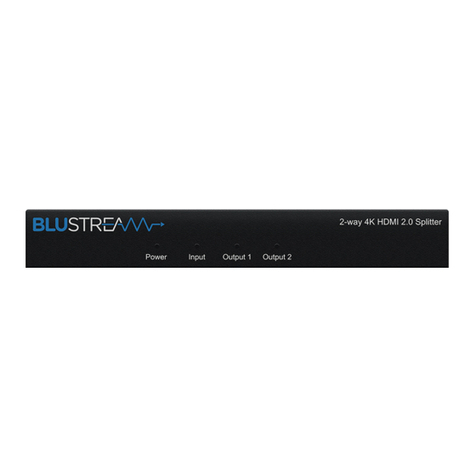
Blu Stream
Blu Stream SP12AB-V2 User manual
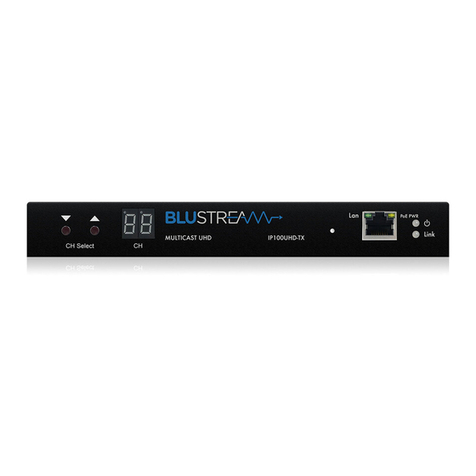
Blu Stream
Blu Stream IP100UHD-TX User manual

Blu Stream
Blu Stream DA22XLR-WP-US User manual
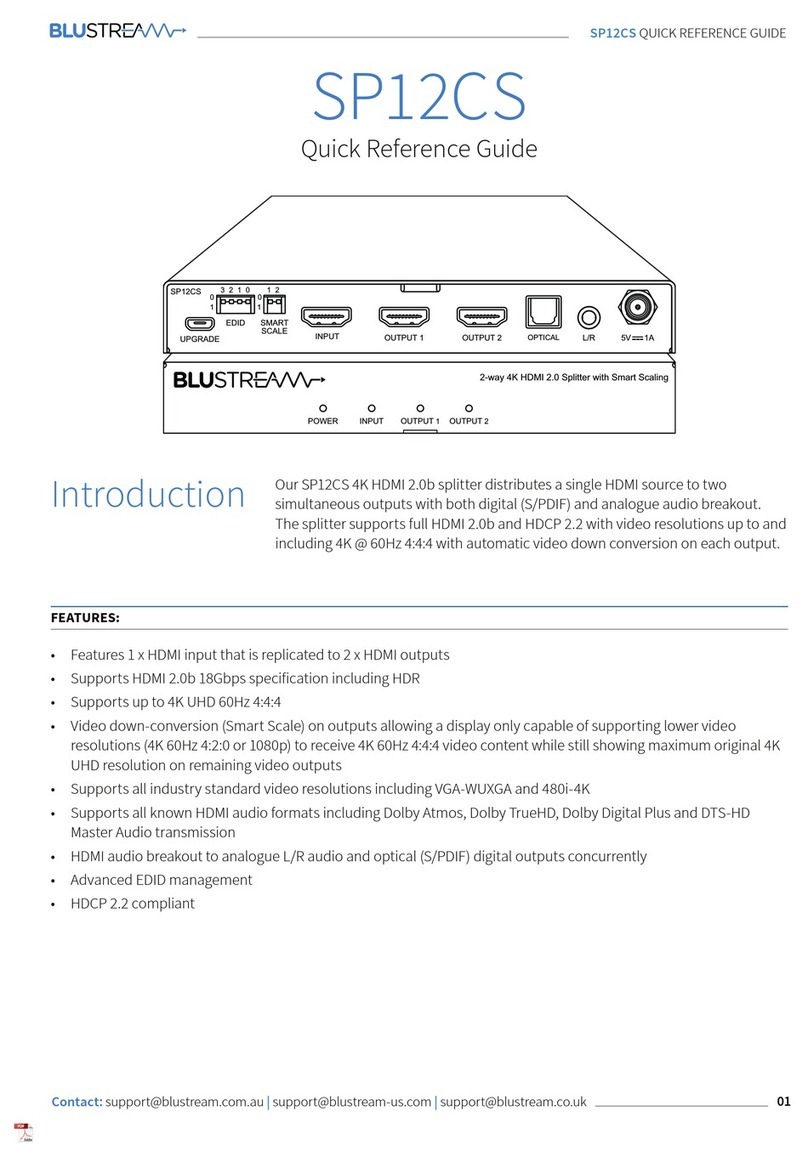
Blu Stream
Blu Stream SP12CS User manual
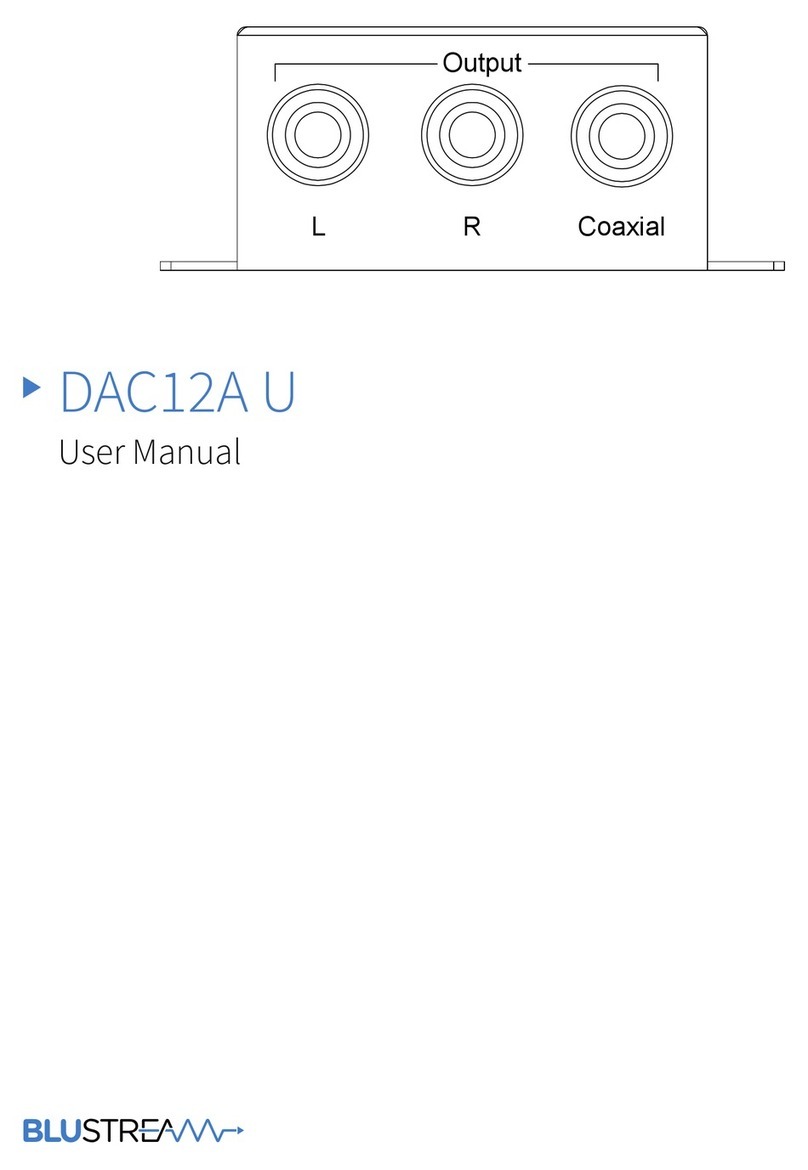
Blu Stream
Blu Stream DAC12A U User manual

Blu Stream
Blu Stream BluStream HD11AU User manual

Blu Stream
Blu Stream DAC11AU User manual
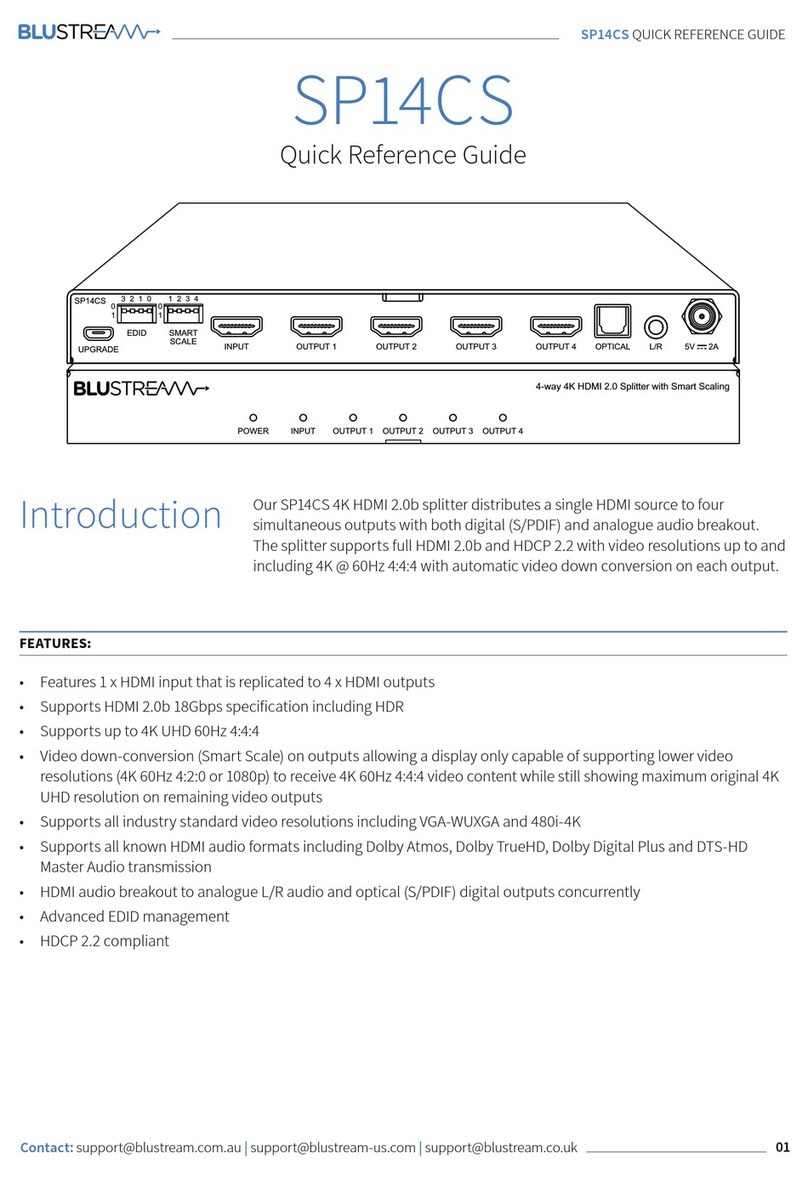
Blu Stream
Blu Stream SP14CS User manual
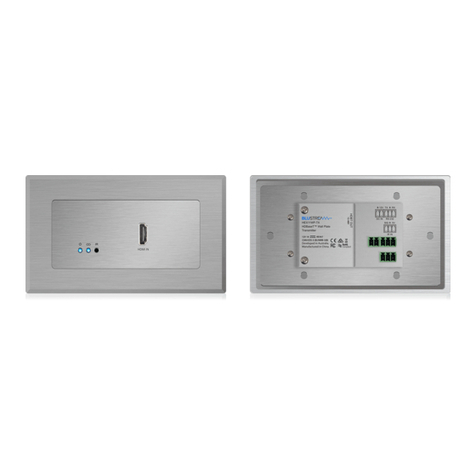
Blu Stream
Blu Stream HEX11WP-TX User manual

Blu Stream
Blu Stream SP14AB-V2 User manual

Blu Stream
Blu Stream HMXL44CS-KIT User manual

Blu Stream
Blu Stream HDCP11AB User manual

Blu Stream
Blu Stream SC11HD-V2 User manual
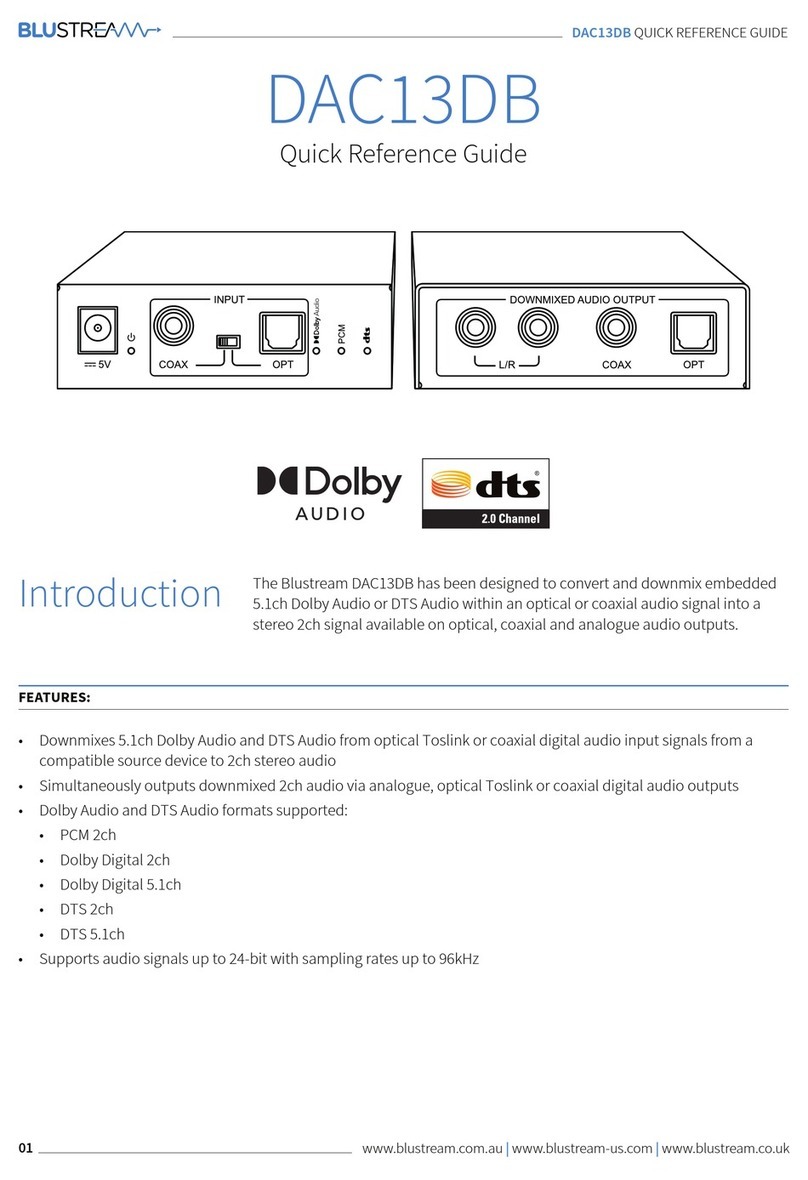
Blu Stream
Blu Stream DAC13DB User manual
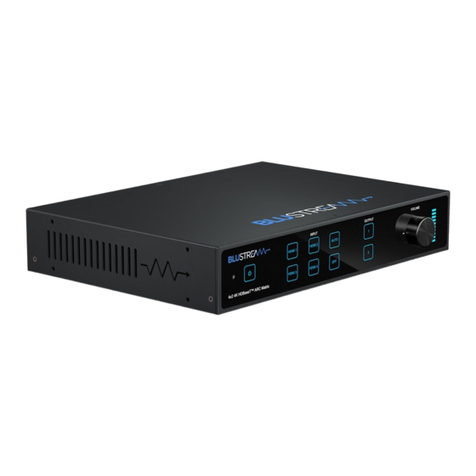
Blu Stream
Blu Stream HMXL42ARC User manual
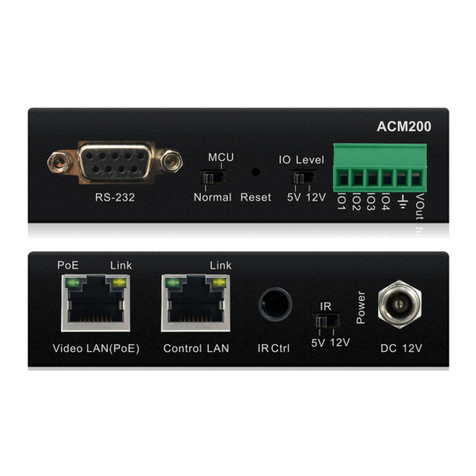
Blu Stream
Blu Stream Multicast ACM200 User manual
Popular Media Converter manuals by other brands

H&B
H&B TX-100 Installation and instruction manual

Bolin Technology
Bolin Technology D Series user manual

IFM Electronic
IFM Electronic Efector 400 RN30 Series Device manual

GRASS VALLEY
GRASS VALLEY KUDOSPRO ULC2000 user manual

Linear Technology
Linear Technology DC1523A Demo Manual

Lika
Lika ROTAPULS I28 Series quick start guide

Weidmuller
Weidmuller IE-MC-VL Series Hardware installation guide

Optical Systems Design
Optical Systems Design OSD2139 Series Operator's manual

Tema Telecomunicazioni
Tema Telecomunicazioni AD615/S product manual

KTI Networks
KTI Networks KGC-352 Series installation guide

Gira
Gira 0588 Series operating instructions

Lika
Lika SFA-5000-FD user guide




